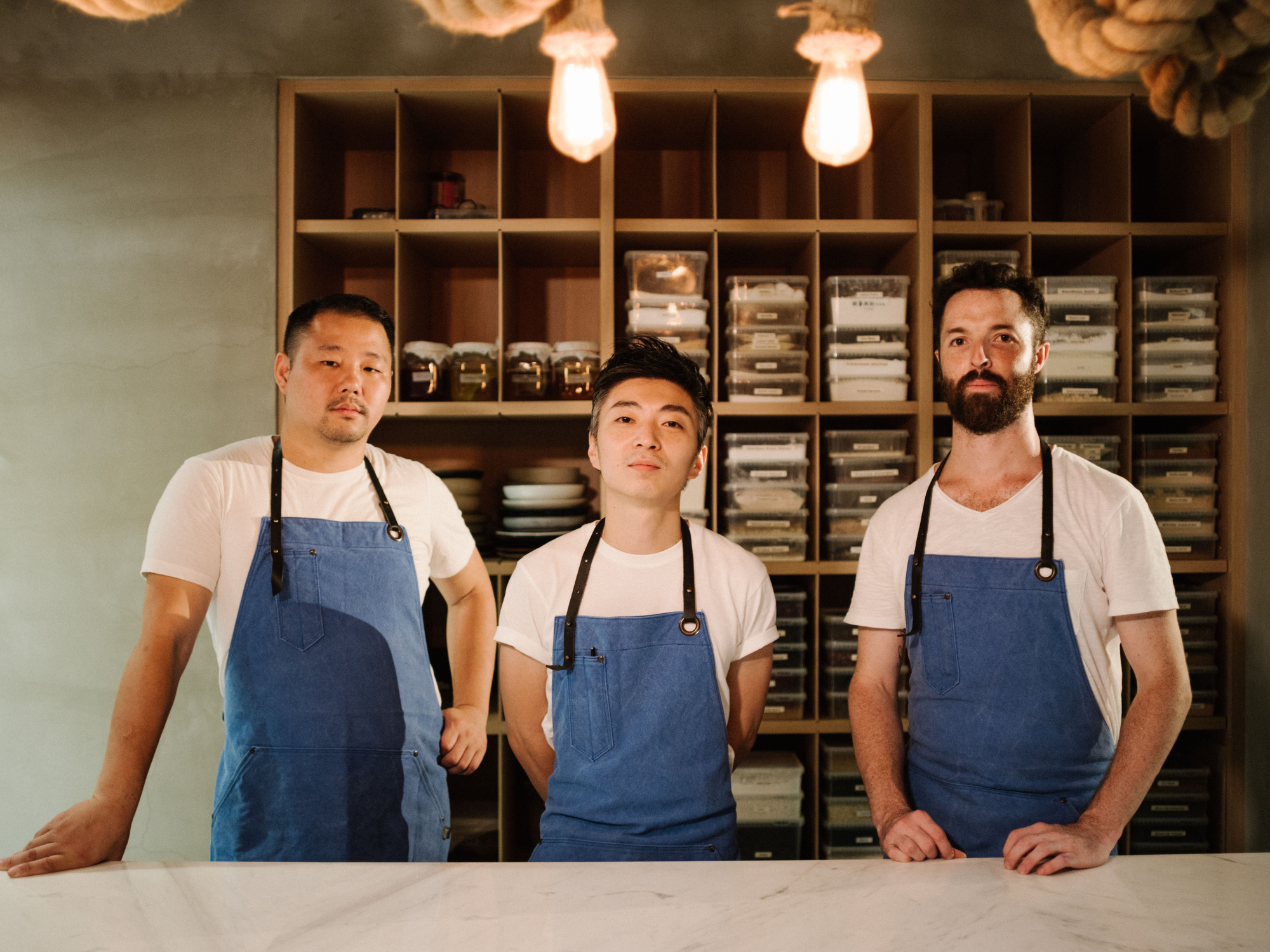At 9 p.m. on a Saturday night, the Raohe Street Night Market in downtown Taipei is heaving. A line snakes in front of a stand selling caramelized pork buns near the grand, red gate that marks the entrance, and groups wander through the rows of vendors, munching on skewers of grilled squid and slurping down bowls of noodle soup with fish balls. Amid stalls pungently redolent of fermented stinky tofu — an iconic Taiwanese snack — hawkers sell local versions of Japanese dishes such as tempura, kushiage (breaded, fried morsels on skewers), and takoyaki (octopus dumplings) made with baby octopus, their curled tentacles peeking out of the dough like fleshy, purple chrysanthemums.
Japanese influence is apparent throughout Taiwan's culinary landscape. In addition to restaurants serving sushi and bento boxes, Japanese chains such as Mos Burger can be found on every corner of Taipei's central districts. Japanese is one of Taiwan's most popular cuisines and Japan "continues to be a top destination for Taiwanese tourists," who travel for "everything from desserts to ramen," says blogger Joan H., of the food site Hungry in Taipei.
But the connection between the two cultures runs deeper than mere affection. Japanese flavors are thoroughly integrated into Taiwanese cuisine, a unique hybrid of food traditions that has evolved from the interactions of ethnic groups that have historically populated the island — namely, indigenous tribes of Austronesian descent, Han Chinese settlers and Japanese immigrants. Locals sprinkle dried bonito flakes on glossy black century eggs, while dashi stock forms the base of mian xian, a thick, brown vermicelli soup containing oysters, pig intestines and chili oil.

















With your current subscription plan you can comment on stories. However, before writing your first comment, please create a display name in the Profile section of your subscriber account page.